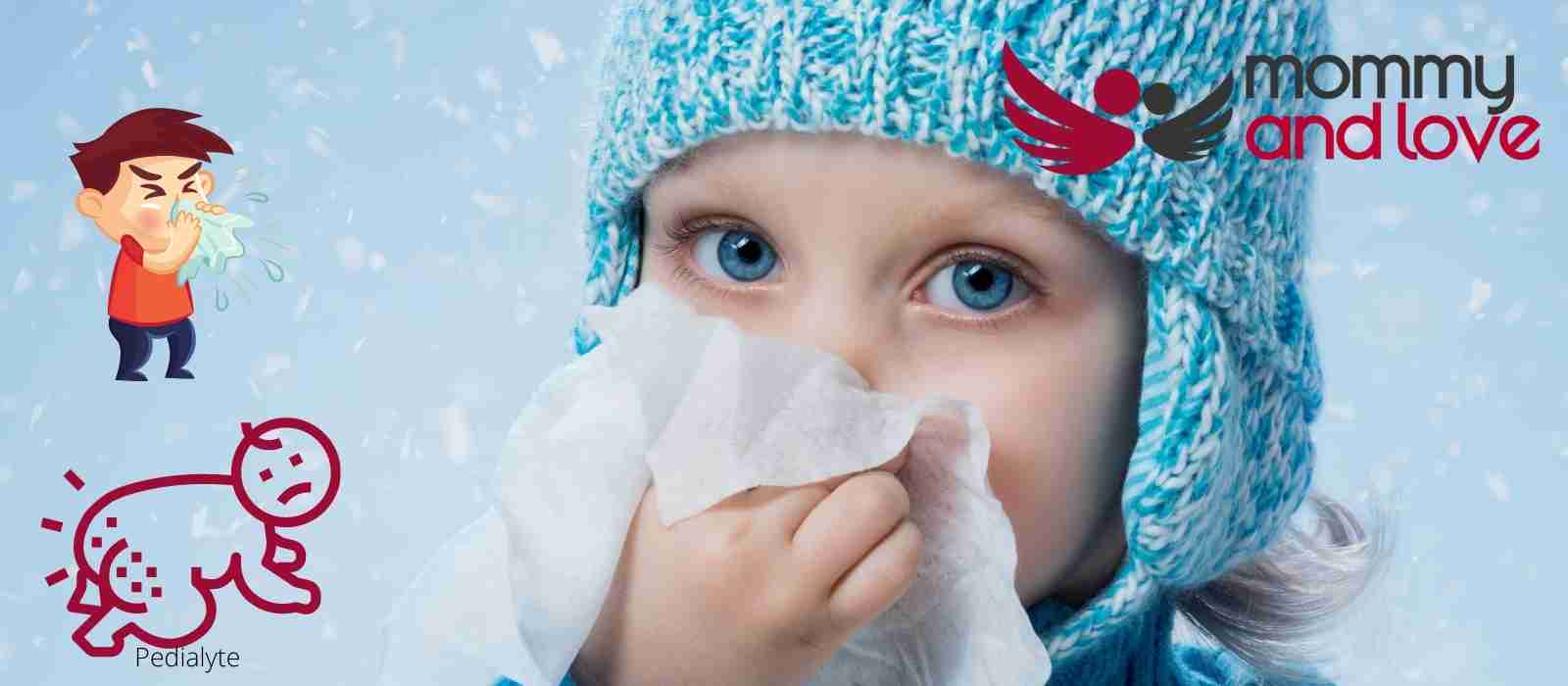If you’re a parent, then you know that diaper rash is a common problem. It can be frustrating to deal with, and it’s often hard to determine what’s causing it. Some people may wonder if Tylenol could be the cause of their child’s diaper rash.
In this post, we’ll take a look at the research on this topic and find out what experts have to say. We’ll also provide some tips for preventing and treating diaper rash. Thanks for reading!
What is Tylenol?
Tylenol is an over-the-counter (OTC) analgesic used to treat fever and mild pain associated with conditions such as colds or flu, headache, muscle aches, arthritis, menstrual cramps, and fevers. It contains an active ingredient called acetaminophen can be taken alone or in combination with other prescription medicines. Acetaminophen is known as an effective fever reducer and pain reliever.
Can babies take Tylenol?
Tylenol (acetaminophen) for children is generally safe in the following situations:
- to bring down a fever
- for brief relief of mild to moderate pains caused by common colds, flu, headaches, sore throats, or toothaches
- in doses determined by the infant’s weight and age
- after consulting with a healthcare expert on when, how, and how much to administer, then strictly adhering to these instructions
Tylenol manufacturers recommend consulting a doctor before administering this medicine to infants aged 23 months or less or weight 23 lb or less.
Tylenol can safely alleviate a variety of symptoms in little children who are at least 3 months old, including:
- fever
- mild pains
- teething and musculoskeletal pains
- chills and lethargy
Tylenol does not treat or cure the conditions that cause these symptoms, it merely alleviates them.
Furthermore, the medication cannot treat tooth infection, ear infection, or any other ailment. Rather than relying solely on Tylenol, it is essential to address the underlying condition with prescription medication.
As with other drugs and medications, always consult your doctor before giving them to your child even if they are OTC medicines.
What are the side effects of Tylenol in babies?
If a child shows any of these adverse effects, seek medical attention immediately. Tylenol may cause the following side effects:
- nausea and vomiting
- bruising and bleeding
- headache
- diarrhea
- fever that doesn’t go down
- red skin and unexplained blisters and rashes
- urinating difficulties
Any medicine can trigger an allergic reaction, which can range from minor to fatal.
If a child gets a rash, itchy skin, or other symptoms while taking Tylenol, call a doctor straight away.
If the child has difficulty breathing or the rash spreads quickly, dial 911 or seek immediate medical attention.
Your child might not be as sensitive as other children but it is important to know these side effects and seek medical care advice when necessary.
Does Tylenol cause diaper rashes?
It is possible for Tylenol to cause diaper rash. Even people who have previously taken Tylenol without issue can develop a bright red skin rash.
If a child develops red spots or any other sort of rash while taking Tylenol, discontinue the medication and consult a doctor immediately.
What can you do if your child develops a rash after taking Tylenol?
You need to discontinue Tylenol immediately and call your doctor right away. It is important for the medical professional to take a look and diagnose the cause of the appearance of the small red bumps and rashes. The results of the assessment and diagnosis should dictate the course of treatment of the rash.
If Tylenol has been ruled out as the cause of the diaper rash, it might have been caused by other factors. For instance, if your baby was taking antibiotic medications alongside Tylenol, the rash might have been caused by a yeast infection.
Yeast diaper rash might occur due to the overgrowth of yeast. The redness of the irritated skin is usually treated with an antifungal cream treatment. If the rashes are too raw, add 2 tablespoons of baking soda to the tub of warm water and soak your baby’s bottom.
Another common cause of rashes in infants is prolonged exposure or the skin covered in stool and urine for a long time. This is the reason why it is important to change diapers as often as you can. Doing so keeps the rashes of your child at bay.
If you are using cloth diapers, wash them using mild detergent. Don’t use irritants like a fabric softener. Irritants can make the rashes worse.
Keep the skin in the diaper area of your child clean and dry at all times. It improves the redness and prevents the skin rashes from getting worse. Applying a barrier cream at every diaper change is common diaper care advice.
Wipe urine and stool off your baby’s bottom using warm water and mild soap. A chemical-laden soap can aggravate the rashes.
When to call your doctor
If your child has any of the following Tylenol adverse effects, contact your doctor right away.
- difficulty urinating
- nausea or vomiting
- loose stool or diarrhea
- redness and blisters
- unexplained bruising on the body
- Tylenol does not reduce fever or relieve pains
- Any symptoms did not go away after a few days.
- If your child is less than three months old, he or she is showing signs of illness.
The Bottom Line
When it comes to Tylenol and diaper rash, there’s a lot of confusion. It is possible for the medication to cause diaper rash in people who have never had one before. If bright red spots or pink rashes suddenly appear on your baby’s skin, discontinue use immediately and consult with their doctor as soon as possible.
Tylenol does not relieve fever or pain; rather, it alleviates these symptoms temporarily by relieving some mild discomfort associated with conditions such as cold symptoms or flu, headache and sore throat.




